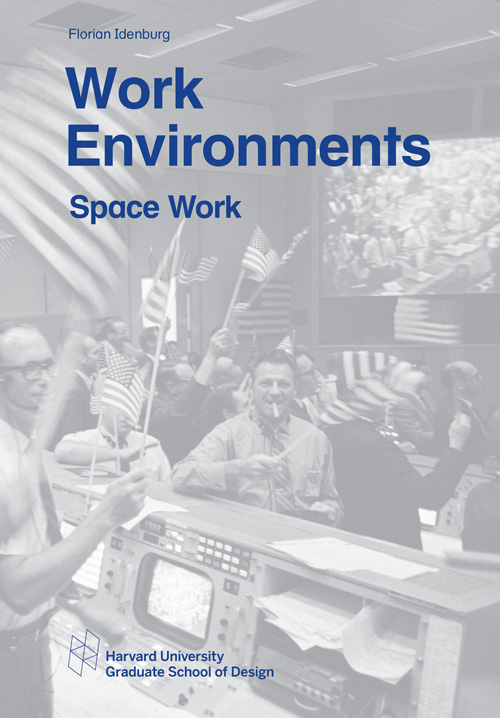Work Environments 3: Space Work
This studio is the third of three sponsored by Knoll that examines, through research and design, the disruptive transformations that occur globally in work environments.
In a capitalist system that continuously demands companies increase profits, the perpetual quest to enhance the workplace is an essential activity. A well-conceived work environment can reduce costs through optimization and increase productivity through comfort. As a result of this instrumental position, work has historically shaped urban and architectural typologies. Yet even more than domestic space, the work environment is prone to be affected by technological and societal change, putting its status in permanent flux. Today, technology has not only disrupted spatial orders but also the way work is portrayed and experienced. Office work has shifted from repetitive assignments to creative and innovative tasks. Terms such as playbour, enterprise gamification, and hackathons suggest a general “ludification” of work, the merging of leisure and obligation. Despite this apparent freedom, however, the transformation of the worksphere nonetheless continues to rely on labor, both in the office and the production spaces that support it. The constant drive for innovation requires both creativity and construction: thinking and making.
This final edition of the studio will develop around the spatial and organizational structures of the National Aeronautics and Space Administration (NASA). Through its mission-based approach, NASA aggressively pursues seemingly impossible high-risk problems, exploring and attempting to understand the unknown. The original “moonshot factory,” the agency exemplifies the potential successes that come from clear communication between a range of distinct work environments: traditional offices, laboratories, fabrication and testing spaces, field offices, shuttles, and space stations. Yet NASA’s contribution also transcends traditional corporate profit motives, instead openly disseminating scientific and societal advancements as a national (and often global) service. Regularly collaborating with public, private, and international organizations, the discoveries that emerge out of NASA’s facilities inspire invention across industry and culture. This wide-reaching form of engagement suggests a model of work that, while necessarily structured, remains open and responsive to change.
Students will study the ideological origins of the associated work environments, as well as the interaction between these spaces. Findings will be developed through scenarios and design projects addressing the multiple scales and concerns of the worker and the government.
Duncan Scovil will serve as Teaching Associate
Publications
-

Work Environments: Space Work
Florian Idenburg, Instructor
October 2017